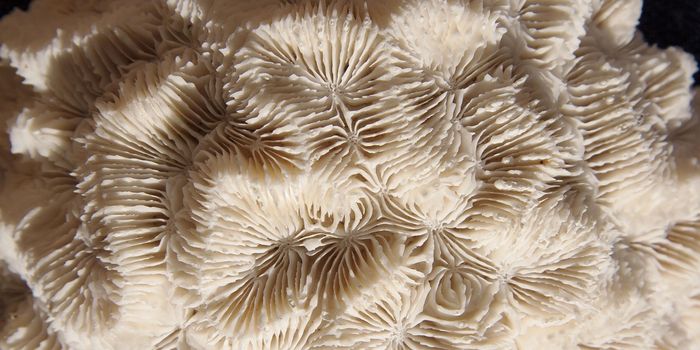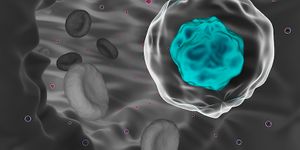Bernardino Ramazzini: Acknowledging the Father of Occupational Medicine on Labor Day
Today, we commemorate Labor Day, a holiday recognizing the American workforce's contributions toward the United States' economic prosperity. Studies have attributed various degrees of cancer risk to occupational exposures. Most reports indicated a range between 2 – 8%, with the degree of risk appearing slightly elevated in men compared to women.
Previously, we explored some professions associated with an elevated risk of developing cancer, including farmers, beach lifeguards, and mail carriers (skin cancer). Other occupations with exposure to chemical carcinogens, such as painting, printing, and oil/petroleum processing, can increase the risk of developing various cancers, including blood, ovarian, and kidney malignancies.
In honor of Labor Day, today presents an excellent opportunity to explore some of the earliest documentation of cancer linked to specific jobs. Regarding occupational medicine, we owe a lot to a prominent Italian physician named Bernardino Ramazzini. Born in Carpi in 1633, Ramazzini attended medical school at Parma University, where he first became interested in how different diseases inflicted workers.
Upon becoming a Professor of Theoretical Medicine at the University of Modena in 1682, Ramazzini began scientific research focusing on workers’ health issues with a very hands-on (and logical) approach. Ramazzini visited different workplaces, observed the activities, and functions these workers undertook, and interviewed the individuals performing the work.
Ramazzini’s research culminated in a book, De Morbis Artificum Miatriba (known as Diseases of Workers in English), printed in 1700 and updated in 1713. However, it took another century for Ramazzini’s seminal work to achieve widespread recognition upon the publication of an English translation by Wilmer Cave Wright, an Emeritus Professor of Greek at Bryn Mawr College, in 1940.
De Morbis Artificum Miatriba outlined fifty different professions and the health issues that faced those in these occupations. This work included details on various professions, including writers, soap makers, glass makers, chemists, athletes, horsemen, sailors, soldiers, nurses, brewers, well diggers, cleaners of cesspits, and blacksmiths. Ramazzini concluded that two types of risk factors existed for workers: risks arising from the effects of materials used at work (similar to what we may call chemical carcinogens today) and risks arising from the work environment and processes.
Ramazzini made observations about breast cancer and women's occupations, including midwives, wet nurses, and nuns. De Morbis Artificum Miatriba noted a high risk of breast cancer in nuns compared to other women, speculating a link to celibacy. While Ramazzini did not connect sexual abstinence and parity, his findings provided the early groundwork for our current understanding of how estrogen exposure, which is limited during pregnancy, increases the risk of certain types of breast cancer.
In addition to his comprehensive research, Ramazzini encouraged other physicians to include an occupational history when examining patients. Ramazzini’s suggestion to pay attention to the working conditions of their patients was likely a concept virtually unheard of in the eighteenth century.
In 1714, Ramazzini died from complications of a stroke in Padua. While he may have become better known posthumously, Ramazzini has become known as the “Father of Occupational Medicine.” His work set the stage for epidemiological and systematic research practices focusing on occupational health risks. Labor Day seems like an apt time to remember this remarkable physician and scientist, whose approach to occupational health has had lasting implications into modern medicine.
Sources: Annal Epidemiol, Prev Med Rep, Safety Health Work, Am J Public Health, Occup Med (Franco), Occup Med (Felton), J Neurolog, Med Segur Trab, Int J Womens Health, J Public Health









